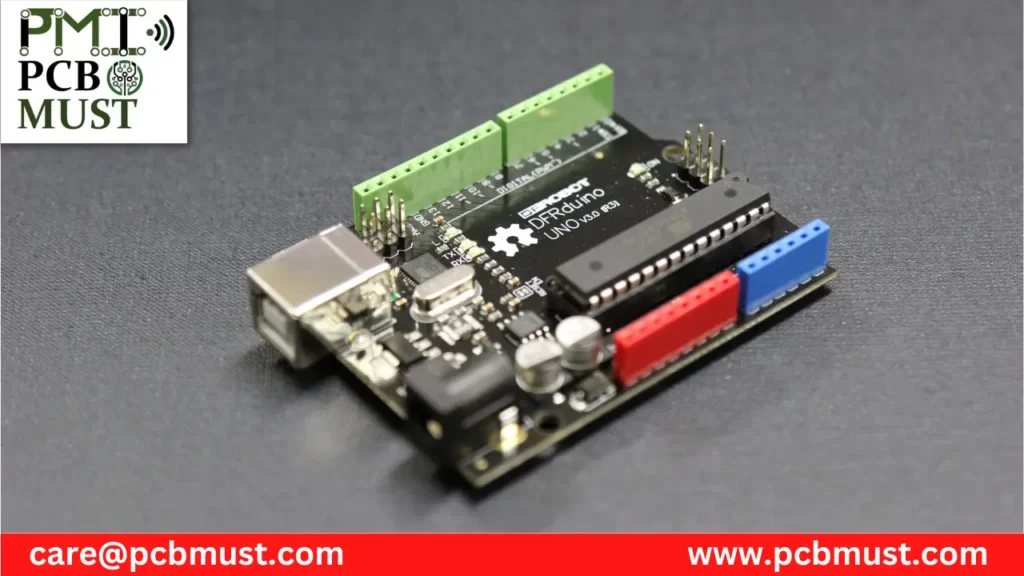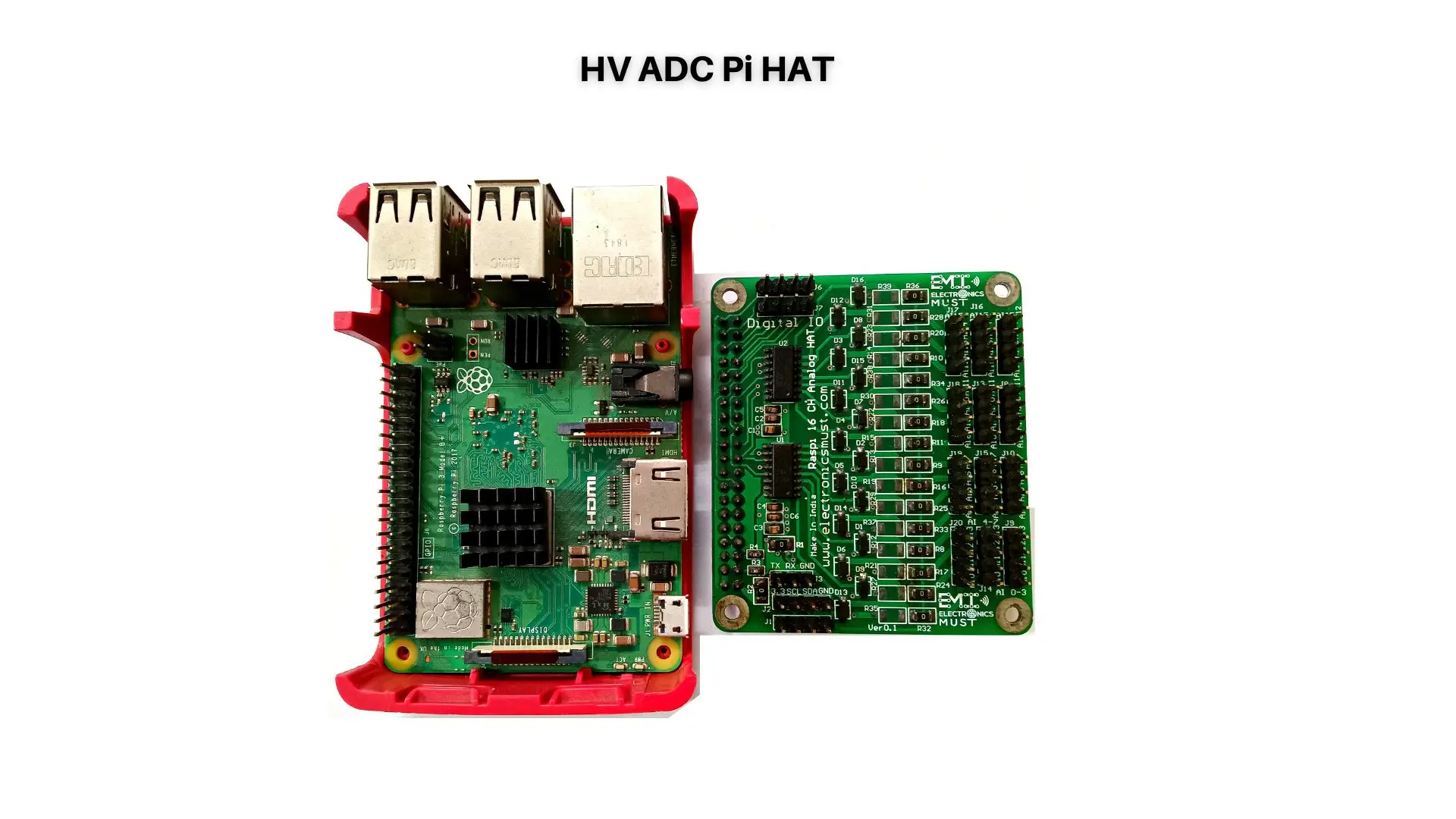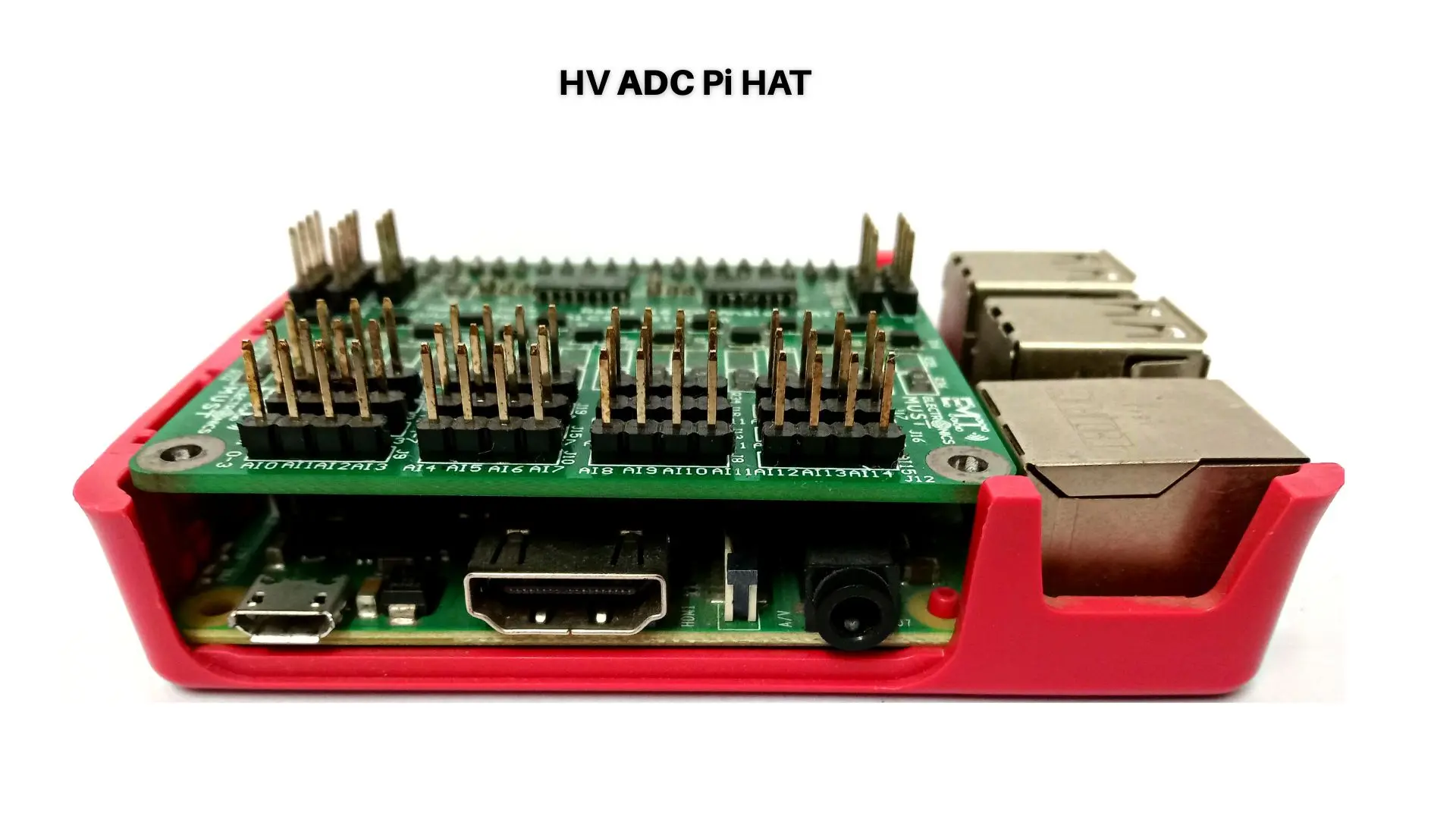Electronic devices have become an integral part of our daily lives. From smartphones to laptops and even cars, they have become a necessity. The backbone of all these devices is a printed circuit board (PCB), which acts as the foundation for all the electrical components. PCB layout is an important aspect of circuit design, as it directly affects the performance, reliability, and efficiency of the electronic device. In this article, we will explore the importance of the PCB layout for effective circuit design.
What is PCB Layout?
A PCB layout is the arrangement of components and pathways on a printed circuit board. It is the process of designing the electrical connections between the components and the PCB. The layout of the PCB affects the performance of the circuit, as it determines the electrical current flow and affects the resistance, capacitance, and inductance of the circuit.
Why is PCB Layout Important?
Here is a few importance of PCB Layout:
- Improved Performance: The correct PCB layout can significantly improve the performance of the electronic device. It ensures that the electrical signals are transmitted efficiently, reducing the risk of signal loss or interference. A well-designed PCB layout can also reduce the resistance, capacitance, and inductance of the circuit, improving the overall performance of the device.
- Increased Reliability: The reliability of an electronic device is directly impacted by the PCB layout. Poorly designed PCB layouts can lead to short circuits, which can cause the device to malfunction or even fail. On the other hand, a well-designed PCB layout can significantly increase the reliability of the device by reducing the risk of electrical failures.
- Enhanced EMI/EMC Performance: Electromagnetic interference (EMI) and Electromagnetic compatibility (EMC) are important considerations in circuit design. EMI refers to the interference of one electrical device with another, while EMC refers to the compatibility of a device with its electromagnetic environment. A well-designed PCB layout can significantly improve the EMI/EMC performance of the device by reducing the risk of electromagnetic interference.
- Cost Savings: The PCB layout can also have a significant impact on the cost of the electronic device. Poorly designed PCB layouts results increased production costs, as they may require multiple revisions or even complete redesigns. As well as, a well-designed PCB layout can lead to significant cost savings, as it reduces the risk of manufacturing errors and the need for multiple revisions.
Factors to Consider in PCB Layout Design
Here are a few factors of PCB Layout Design:
- Component Placement: The placement of components on the PCB is one of the most important factors to consider in the PCB layout design. We should place components in a manner that ensures efficient electrical performance and reduces the risk of electrical failures. Additionally, components should be placed in a way that minimizes the risk of physical damage during assembly or use.
- Trace Routing: Trace routing refers to the pathways used to connect components on the PCB. It should design the routing of the traces in a manner that ensures efficient electrical performance and reduces the risk of electrical failures.
- Power Distribution: The power distribution on the PCB is another important factor to consider in the PCB layout design. It should design the power distribution in a manner that ensures efficient electrical performance and reduces the risk of electrical failures.
- Signal Integrity: Signal integrity refers to the quality of the electrical signals transmitted on the PCB. We should design the PCB layout in a manner that ensures optimal signal integrity, reducing the risk of signal loss or interference.
PCB layout is a crucial aspect of circuit design that can greatly affect the performance, reliability, and efficiency of electronic devices. However, a well-designed PCB layout can improve the electrical performance of the device, increase its reliability, enhance its EMI/EMC performance, and even result in cost savings. To ensure optimal PCB layout, it is important to consider factors, such as component placement, trace routing, power distribution, and signal integrity.






